The Ultimate Guide to Play-Doh
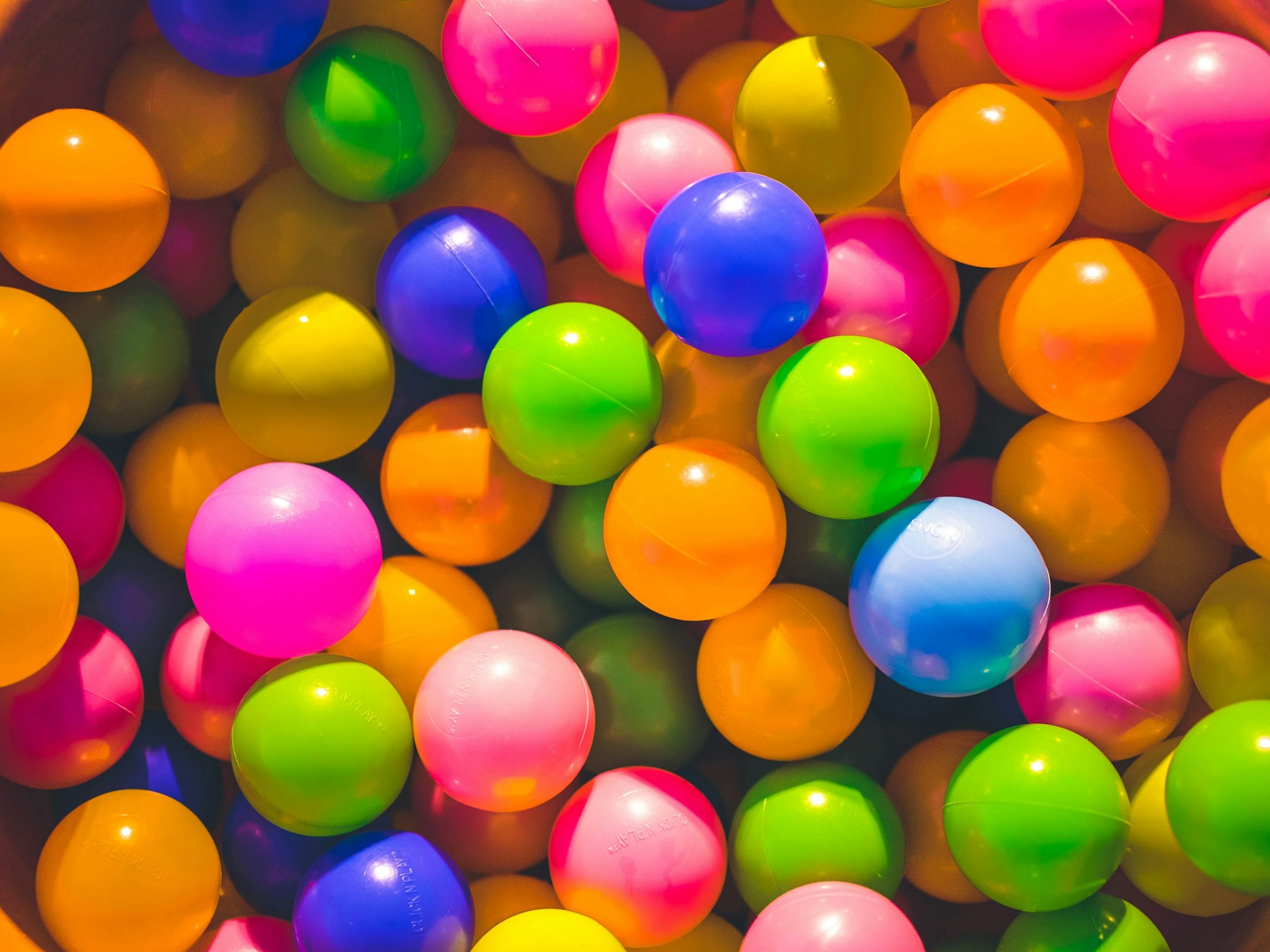

What is Play-Doh?
Play-Doh is a non-toxic, reusable modeling compound made primarily from water, salt, and flour. It was first created in the 1950s by Noah McVicker of Rainbow Crafts after he discovered a soft, malleable mixture could be used to clean dirt from wallpaper. The non-staining property made it perfect for children’s play.
The Play-Doh compound is easy to mold and shape, yet holds its form well. It’s available in a wide rainbow of colors that are easily blended and mixed. The slightly salty taste discourages excessive mouthing. Play-Doh is remarkably long-lasting when stored properly in an airtight container.
Advantages
Play-Doh's Benefits

Kneading, rolling, and sculpting helps strengthen small hand muscles and dexterity.

The open-ended play encourages creative thinking and self-expression.

Creating Play-Doh objects sparks imaginative storytelling and roleplay.

Sculpting takes concentration and perseverance to make detailed pieces.
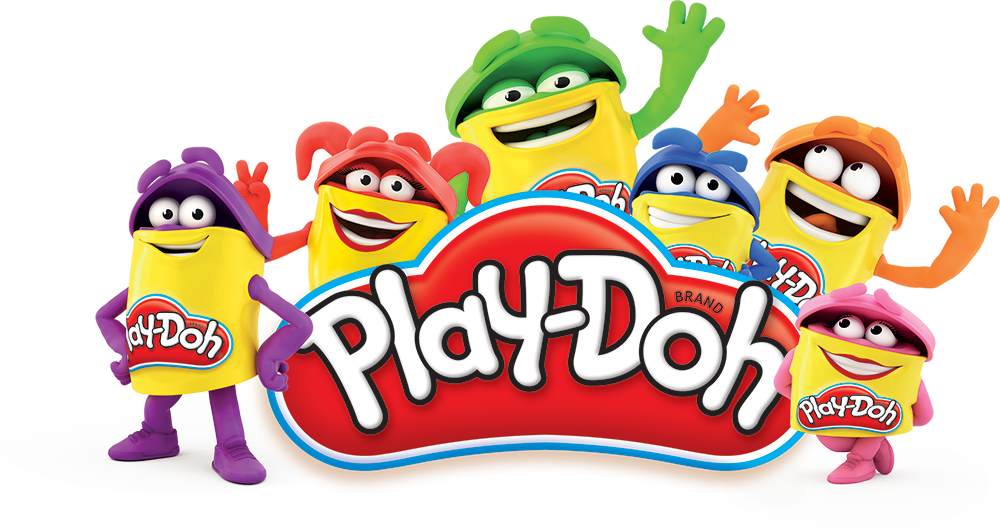
History Play-Doh
A Journey Through Time
1950s
Since its inception in the 1950s, Play-Doh has evolved from a simple wallpaper cleaner into one of the most beloved modeling compounds for children and adults alike. Originally developed by Kutol Products, a Cincinnati-based soap company, it was repurposed into a pliable, non-toxic dough after the discovery that children were using it to create Christmas ornaments. Renamed Play-Doh, it quickly became a household name, celebrated for its safe, clean, and imaginative play experience. With its patent in 1965, the formula—though a closely guarded secret—has been confirmed to contain water, salt, and flour, ensuring it remains non-toxic and safe for children.
Play-Doh Today:
Play-Doh continues to inspire creativity and learning through play, with its products available in over 80 countries. The brand has expanded its range to include various colors, sets, and tools, fostering educational development and fine motor skills in children. It has been recognized by numerous educational institutions and parenting groups for its contributions to child development, creativity, and classroom learning.
Popular Play-Doh Products
While the classic Play-Doh modeling compound is beloved, Hasbro has expanded the brand into a wide range of creative playsets:
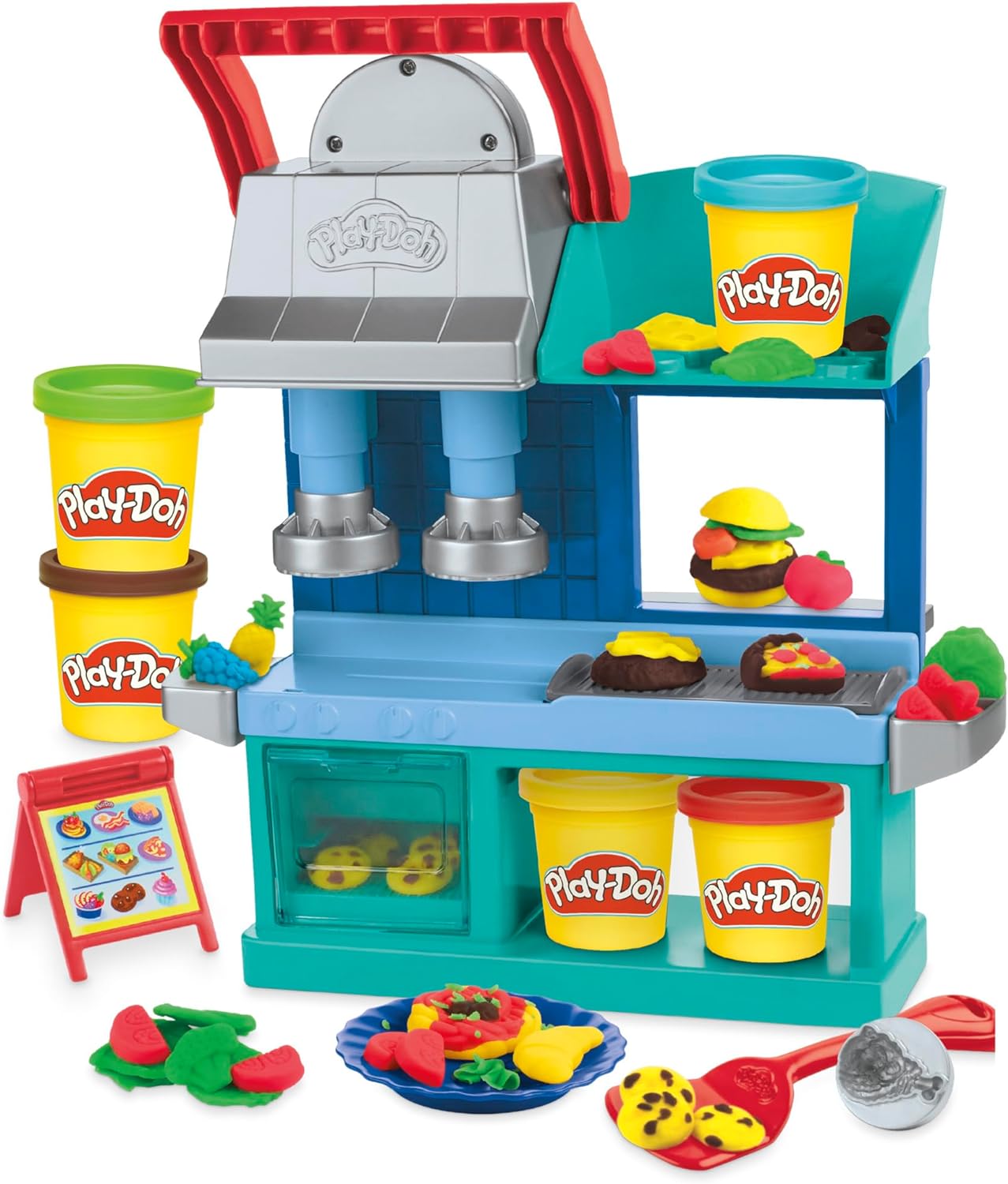
Play-Doh Kitchen Creations
One of the most popular themes allows kids to mold realistic-looking”food” out of Play-Doh. Sets come with shaped plates, cutting tools, extruders for making spaghetti or french fries, and stampers for details like grill marks on steaks or toppings on pizzas. Kids can make full Play-Doh meals from appetizers to desserts.
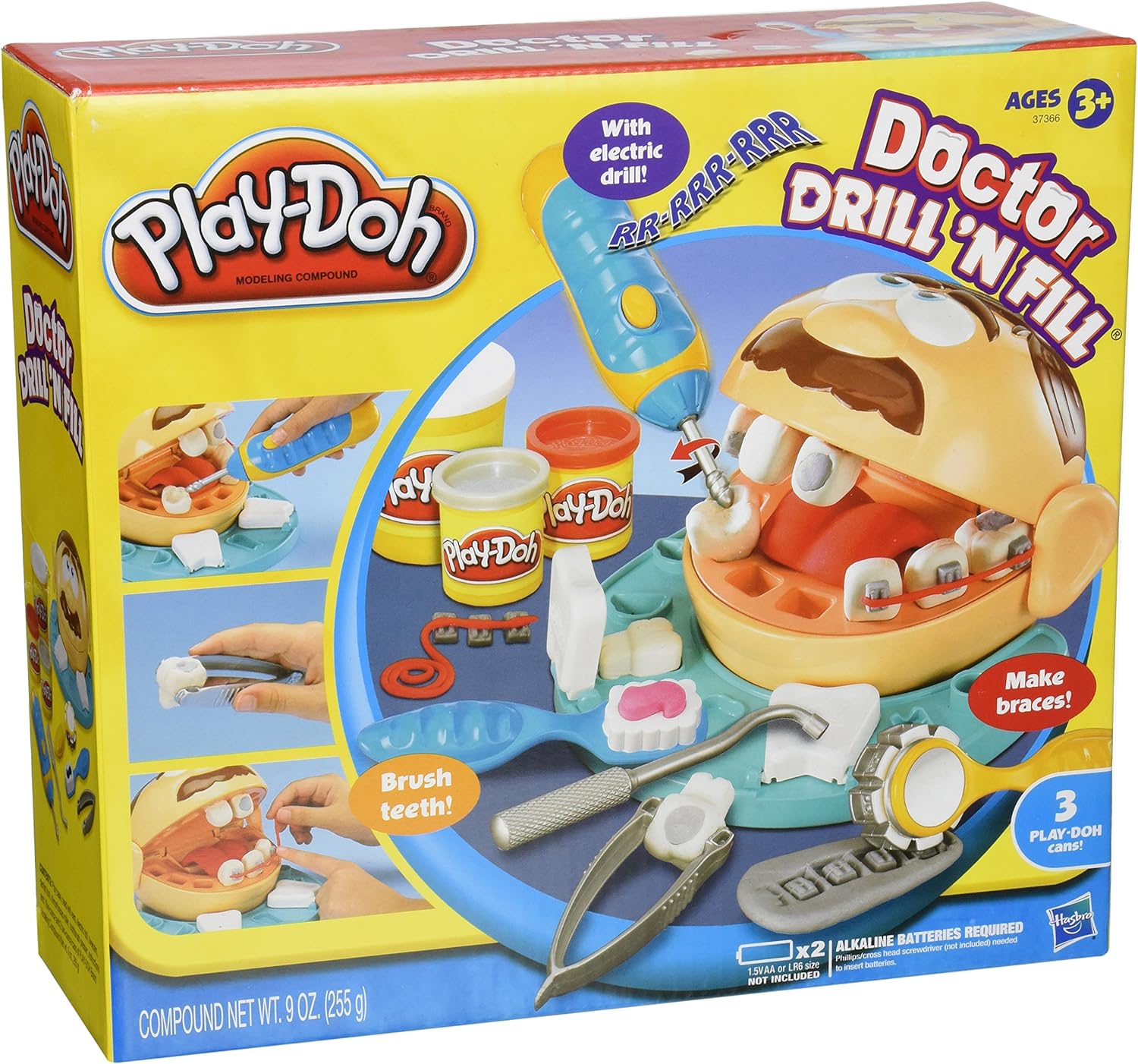
Play-Doh Drill 'n Fill
This battery-powered set comes with a toy drill that spins to make creative holes and cavities in Play-Doh. It includes hole punchers, drill bits, and stackable containers to mold doughbowls with decorative patterns. Great for building coordination.
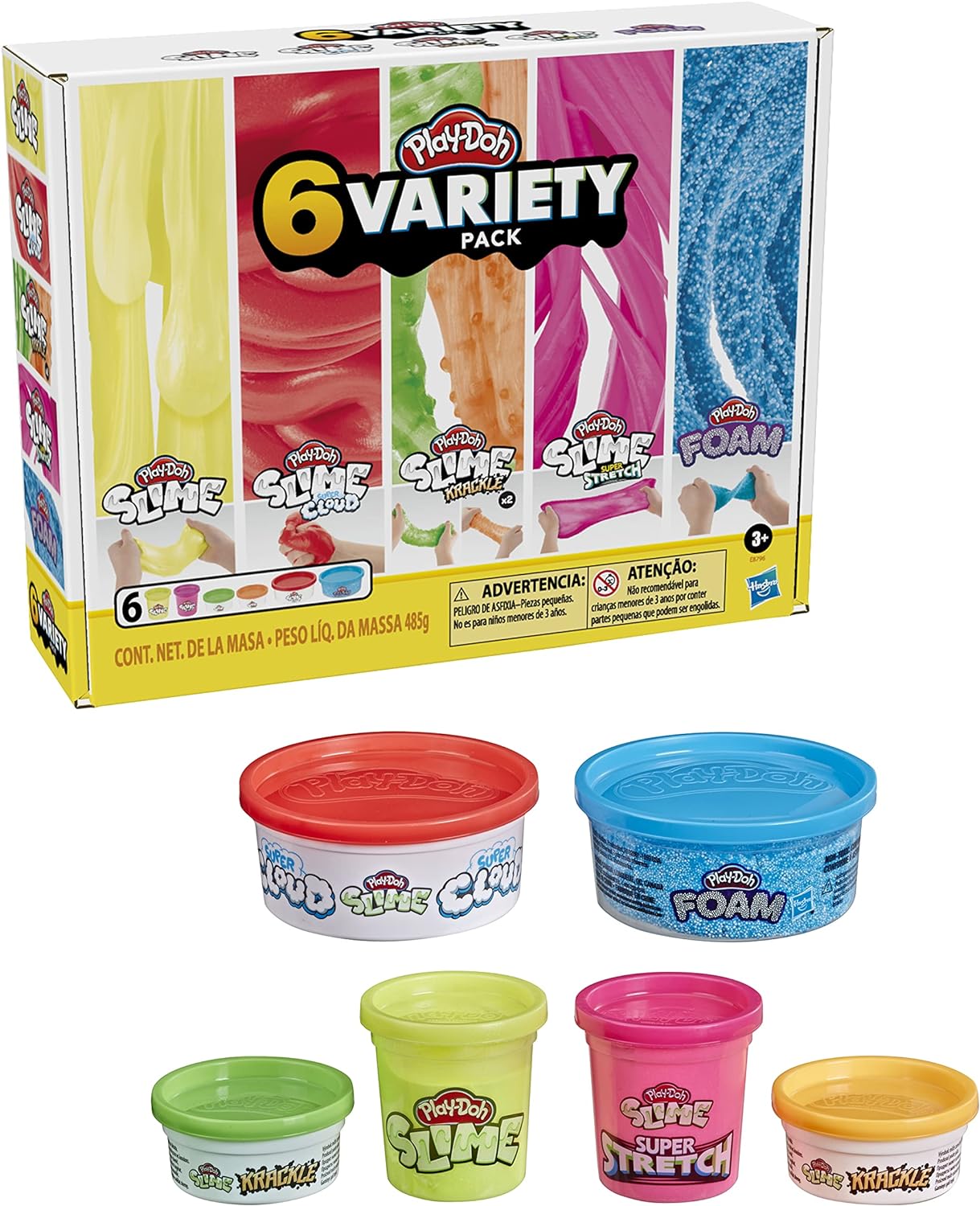
Play-Doh Slime
Add new textures by mixing in cloud slime, jiggly clay compounds, crunchy pieces, and more. Sets come with different slime colors and mix-in accessories to create unique sensory play.
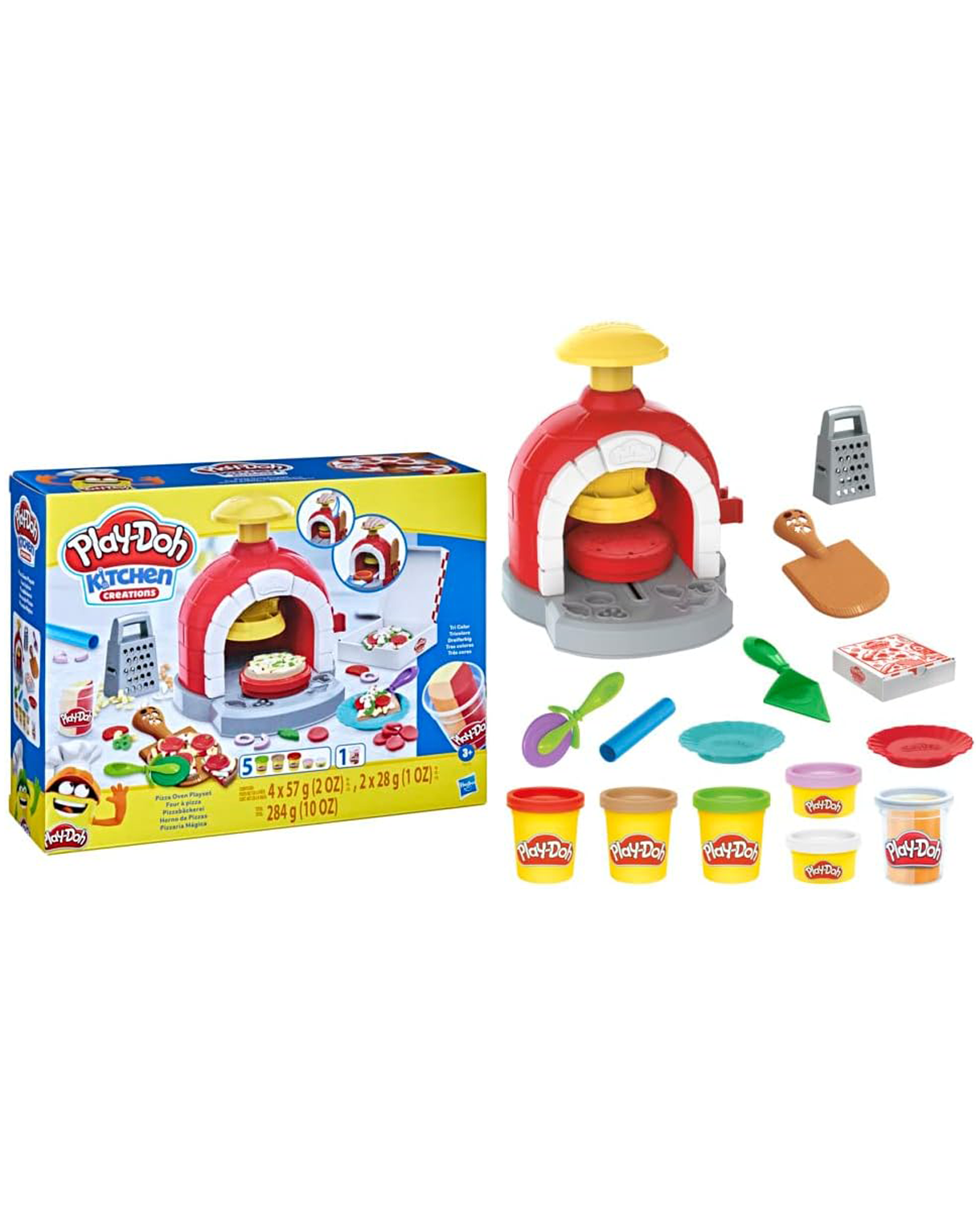
Play-Doh Playsets
Themed playsets like Buzz ‘n’ Cut Sawmill, Doggie Daycare, and Rapunzel’s Bright Rainbow Playset feature molds and accessories for making specific Play-Doh characters, vehicles, and scenes.
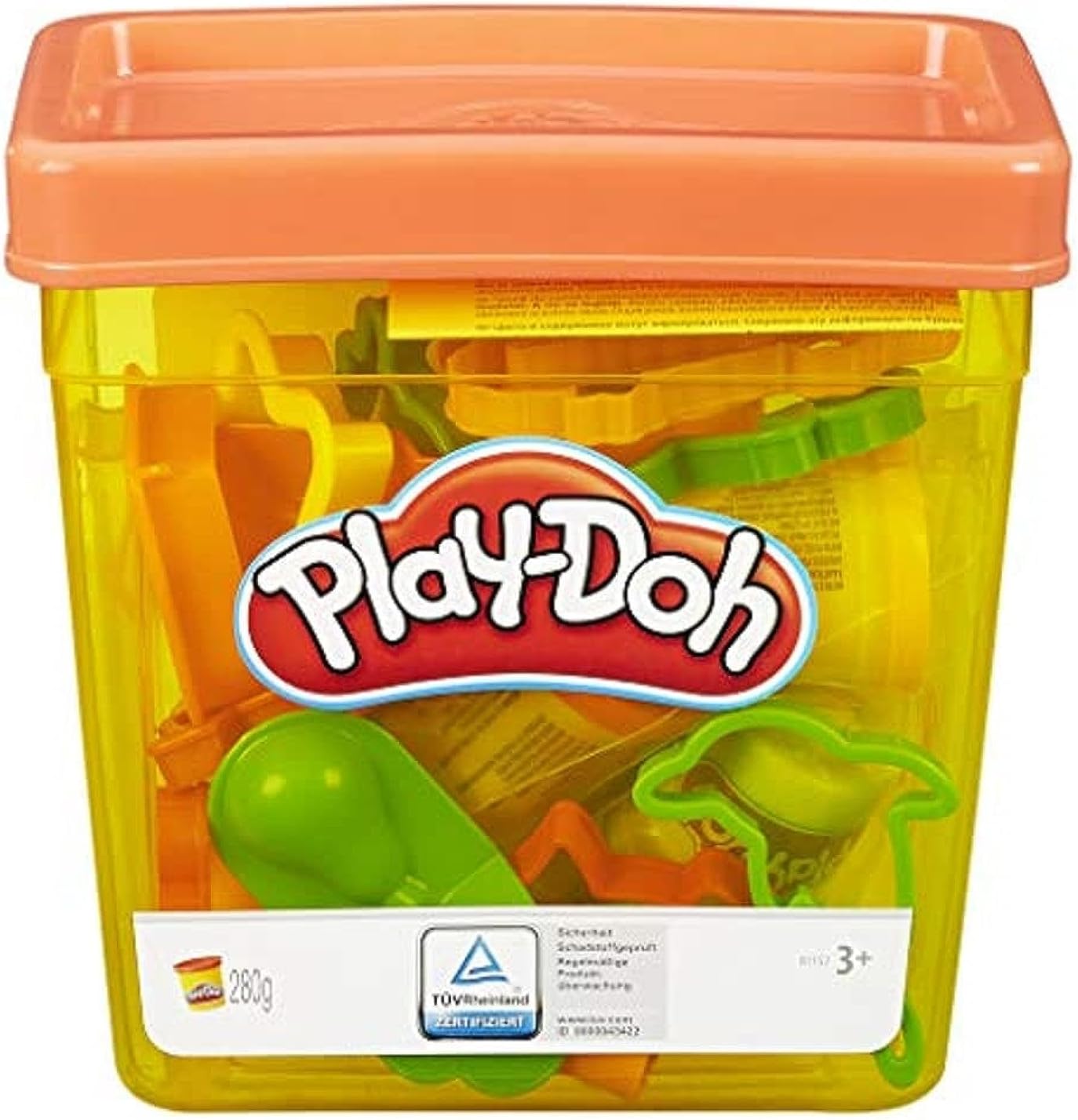
Play-Doh Tools & Accessories
From simple rolling pins to plasticsicers, stampers, extruders, and playmats, these tools take Play-Doh creativity to the next level. Many character tools feature favorite brands like Disney, Star Wars, and more.
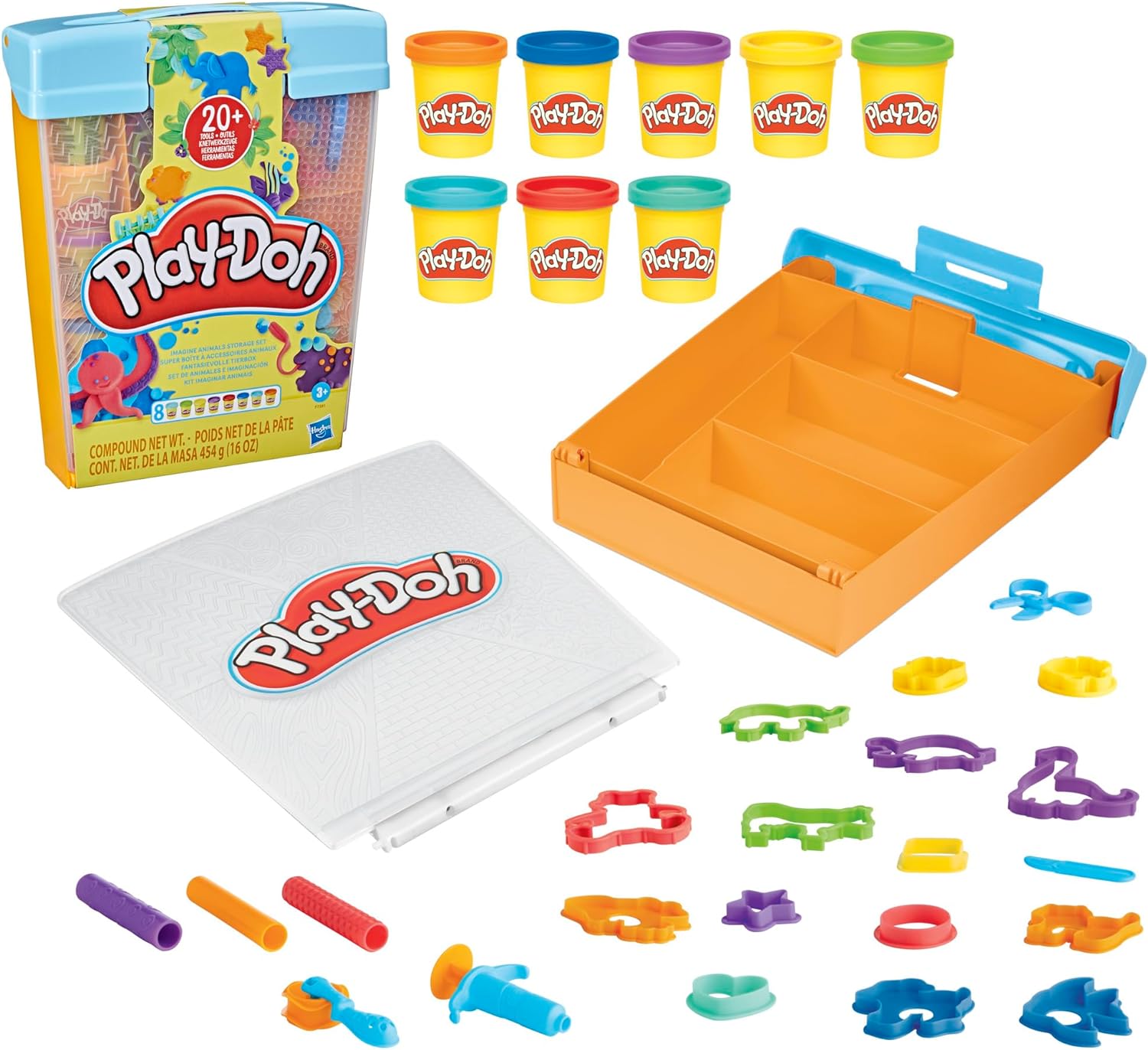
Play-Doh Activity Sets & Kits
Some larger sets combine Play-Doh with playboards, stencils, stamps, and printed scenes for guided activities. Examples include Play-Doh Make It Sweet Cafe, Stamp ‘n Top Pizza Playset, and Croc Pond Ollie Oops Playset.
The Science Behind Play-Doh
Though it seems like simple fun, there’s actually some fascinating science behind what makes Play-Doh so malleable and long-lasting. The proprietary formula is a carefully balanced mixture of ingredients:
Water
This acts as the binding agent to hold the dough together. Too little water and Play-Doh becomes crumbly; too much and it gets sticky.
Salt
The sodium helps control moisture and prevents the growth of bacteria and mold. The slightly salty taste also discourages excessive mouthing.
Flour
Wheat flour gives Play-Doh its malleable texture and allows it to retain its shaped form. Other flours like rice or corn don’t work as well.
Boric Acid
This household cleaner helps control moisture and acts as a preservative. When combined with salt, it prevents the dough from developing mold or mildew.
Mineral Oil
A small amount of mineral oil is added to the dough to keep it malleable and prevent cracking or drying out.
Coloring
Different colored doughs get their bright hues from pigments and dyes approved for use in foods.
Care and Maintenance
With proper care and storage, Play-Doh can last for months or even years of creative play. Here are some tips for keeping your Play-Doh in great condition:
Storage
The most important thing for Play-Doh longevity is storing it in an airtight container or ziploc bag when not in use. Exposure to air will cause it to dry out and stiffen over time.
Kneading
When first taking Play-Doh out of the container, knead it vigorously for 30 seconds to a minute. This warms and reconditions the dough, making it soft and malleable again. Add a few drops of water if it seems too stiff.
Kneading
When first taking Play-Doh out of the container, knead it vigorously for 30 seconds to a minute. This warms and reconditions the dough, making it soft and malleable again. Add a few drops of water if it seems too stiff.
Cleaning Surfaces
Play-Doh compounds are designed to be stain-resistant, but it’s still important to protect surfaces from dye transfer. Use a dull knife or dough scraper to clean up stuck-on pieces and dough debris after play.
When to Discard
If Play-Doh has truly dried out or shows any sign of mold/mildew despite good storage, it’s time to discard it. Don’t try to revive these batches. Proper storage will extend the life significantly.
Hands and Clothes
The dyes can temporarily discolor skin and fabrics if Play-Doh is ground in, so it’s best to cover surfaces and have kids wear smocks or old clothes during play. Vigorous scrubbing with soap and water will remove dye from skin.
Tools
Use only approved Play-Doh tools and accessories, as plastic utensils work best for cutting and shaping the dough. Sharp or serrated knives can tear it apart. Clean tools thoroughly after use.
Mixing Colors
Fully knead together any combined colors after playtime. It’s easy to blend new custom shades, but you’ll want a consistent color for storage.
With some basic care, Play-Doh provides virtually endless reusable creative fun! The soft, colorful, moldable texture is part of what has made this toy a childhood staple for generations.
Play-Doh in Education
While often thought of as just an arts & crafts toy, Play-Doh can actually be an effective educational tool, especially for young learners. Its hands-on, multi-sensory nature makes it a great resource for teachers across various subjects:
Early Literacy & Language Skills
Using Play-Doh to mold alphabet letters reinforces letter recognition and formation. Sculpting words, objects, or characters from stories builds vocabulary and comprehension.
Mathematics
Creating and manipulating 3D shapes helps students understand geometric concepts. Making patterns and symmetrical designs develops patterning skills. Splitting, combining, and comparing Play-Doh builds skills in arithmetic.
Science
Molding Play-Doh allows children to make models and visualize concepts like animal bodies, plant life cycles, landforms, etc. Its malleability illustrates states of matter and physical properties.
Fine Motor Development
The pinching, rolling, and sculpting motions are excellent exercises for developing the small-muscle coordination needed for writing and other skills.
Social-Emotional Learning
Working together on collaborative Play-Doh projects promotes social skills like sharing, taking turns, and cooperation. Creating scenes for storytelling nurtures self-expression and empathy.
Many educational companies make Play-Doh learning kits targeted for the classroom, covering everything from basic colors and numbers to human anatomy. Affordable and reusable, Play-Doh serves as a hands-on learning tool to engage multiple senses and learning styles.
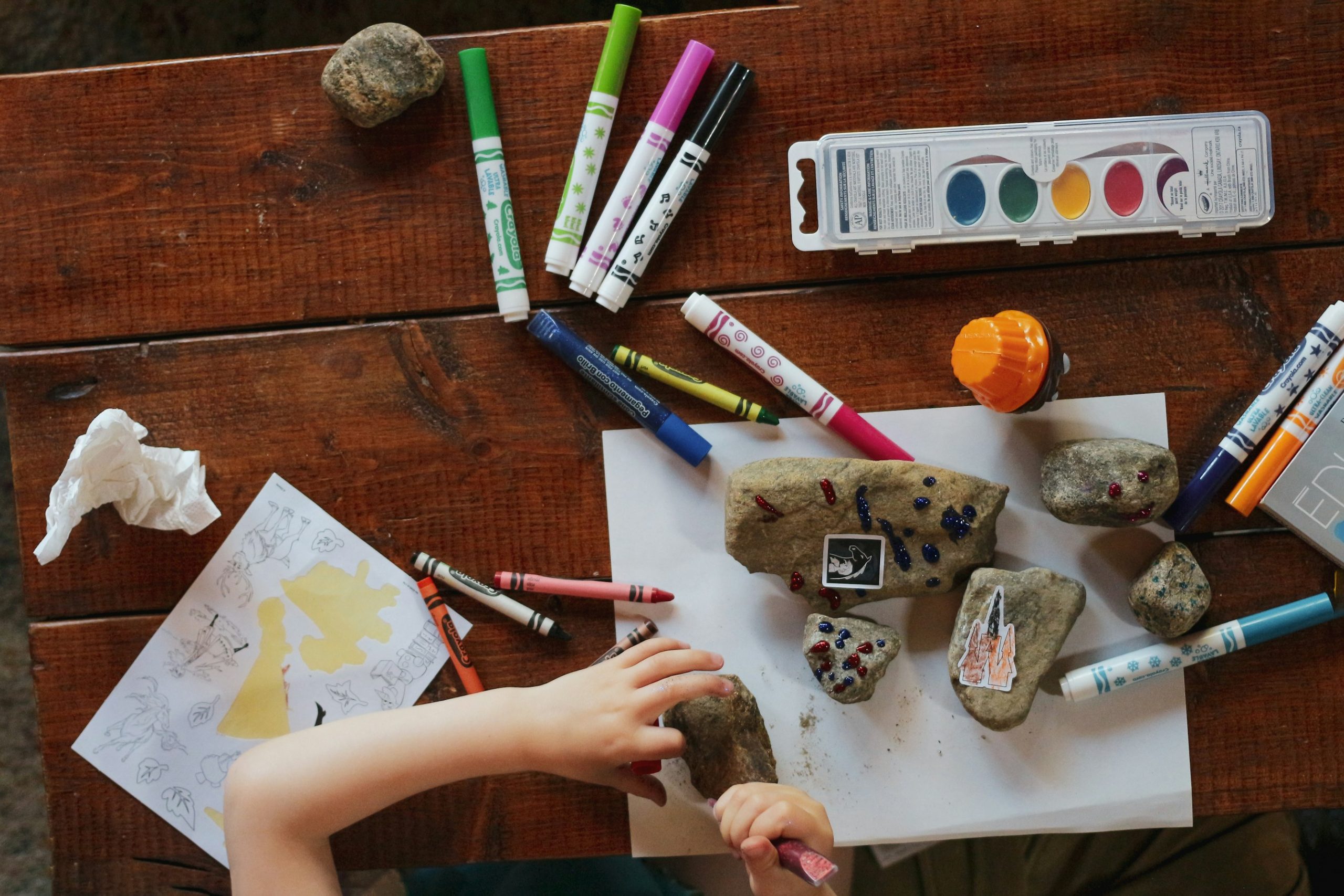
This usually indicates some mold growth. Discard affected batches and make sure all containers are cleaned thoroughly and Play-Doh is properly stored airtight.
Try not to blend too many colors together as they can turn an unappetizing brown. It’s best to make custom colors from just 2-3 shades at a time.
Place down a protective barrier like waxed paper or a dishcloth to contain any dye transfer from the dough.
FAQs and Troubleshooting
If Play-Doh has stiffened, you can try to revive it by kneading in a few drops of water and sealing it in a plastic zipper bag or airtight container overnight. The moisture should slowly absorb. Avoid over-wetting.
Too much or too little moisture is the likely culprit. Knead in a very small amount of water for sticky dough, or a touch of flour for crumbling issues until you achieve the right texture.
While very stubborn, Play-Doh’s colors are not permanently set. Hand soap and stain removers can typically remove dye transfer from skin, clothing, and surfaces if treated promptly.
While designed to be non-toxic, Play-Doh is not intended for consumption. A small accidental taste is typically not an issue, but call Poison Control if large amounts are ingested.
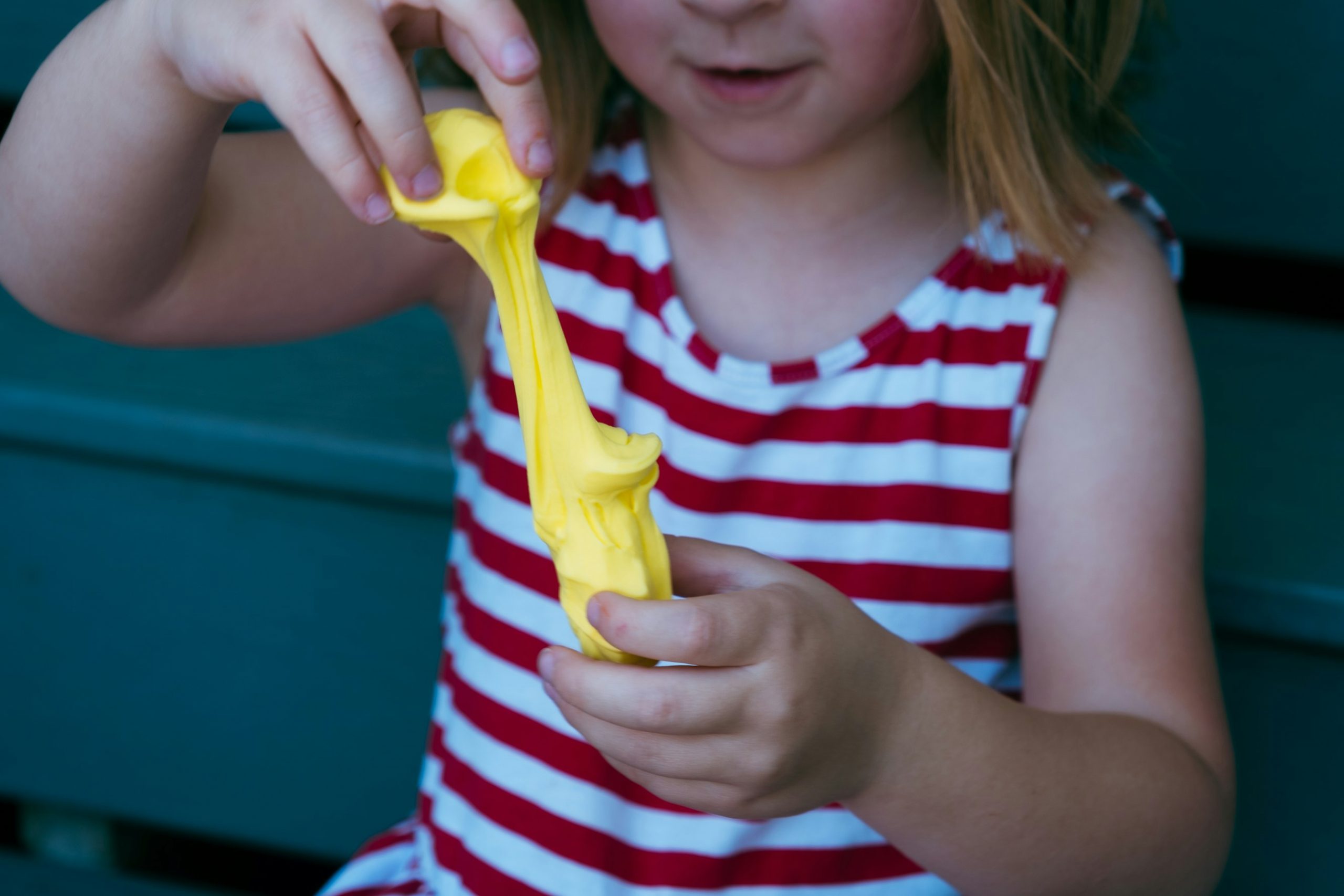
So what are you waiting for? Immerse yourself in the squishy, vibrant, whimsical world of Play-Doh:
- Browse the complete collection of Play-Doh products from modeling compounds to tools and playsets
- Join the official Play-Doh Collectors Club for insider scoops
- Find inspiration from Play-Doh’s creative activity guides and video tutorials
- Share your Play-Doh masterpieces using #PlayDohRemix
- Nurture a lifelong love of creativity and watch skills blossom through open-ended play
Explore the Endless Creative Possibilities of Play-Doh!
Now that you’ve learned all about the history, benefits, and varieties of this iconic children’s toy, it’s time to unleash your own imagination with Play-Doh! The modeling compound that has delighted kids for over 60 years offers an endless array of possibilities limited only by your creativity.
From the classic Play-Doh cans and tools to themed playsets and activity kits, there is a Play-Doh product to spark wonder and ingenuity for every age and interest. Mold zany creatures and accessorize your own characters. Sculpt “picture-perfect” pretend foods for playtime feasts. Craft homemade gifts and holiday decorations. The only limit is your imagination!
